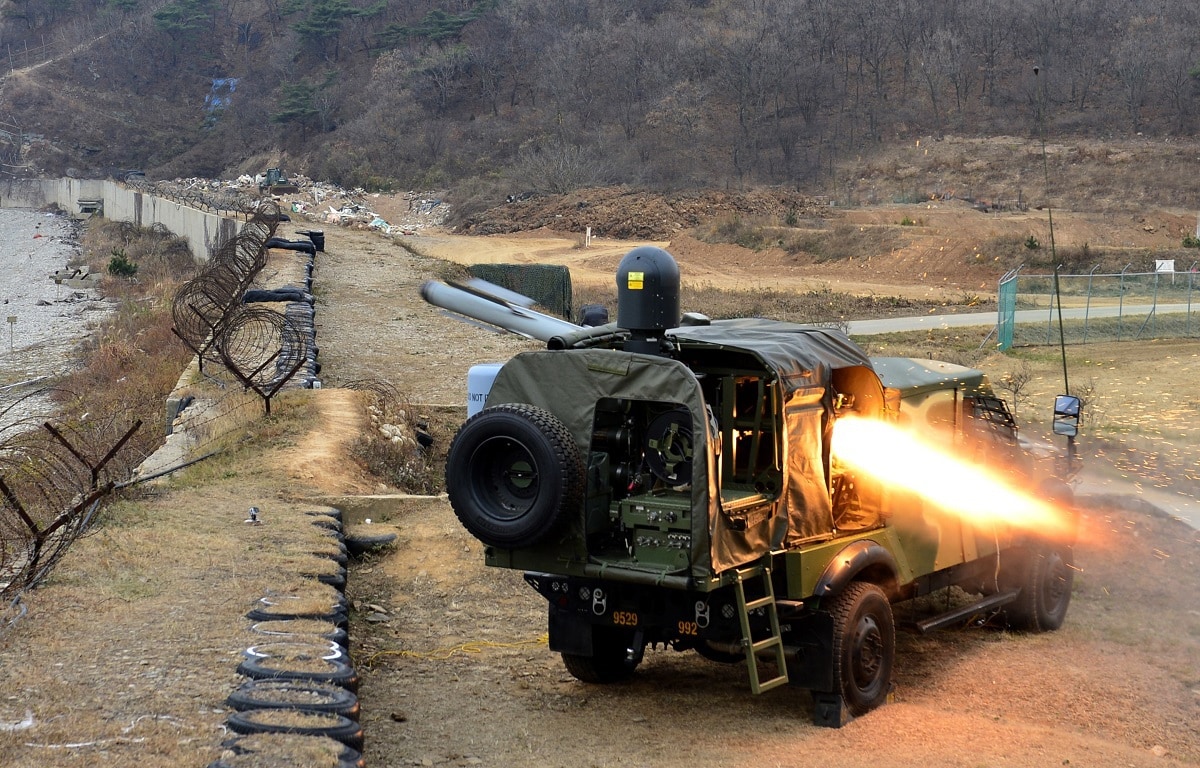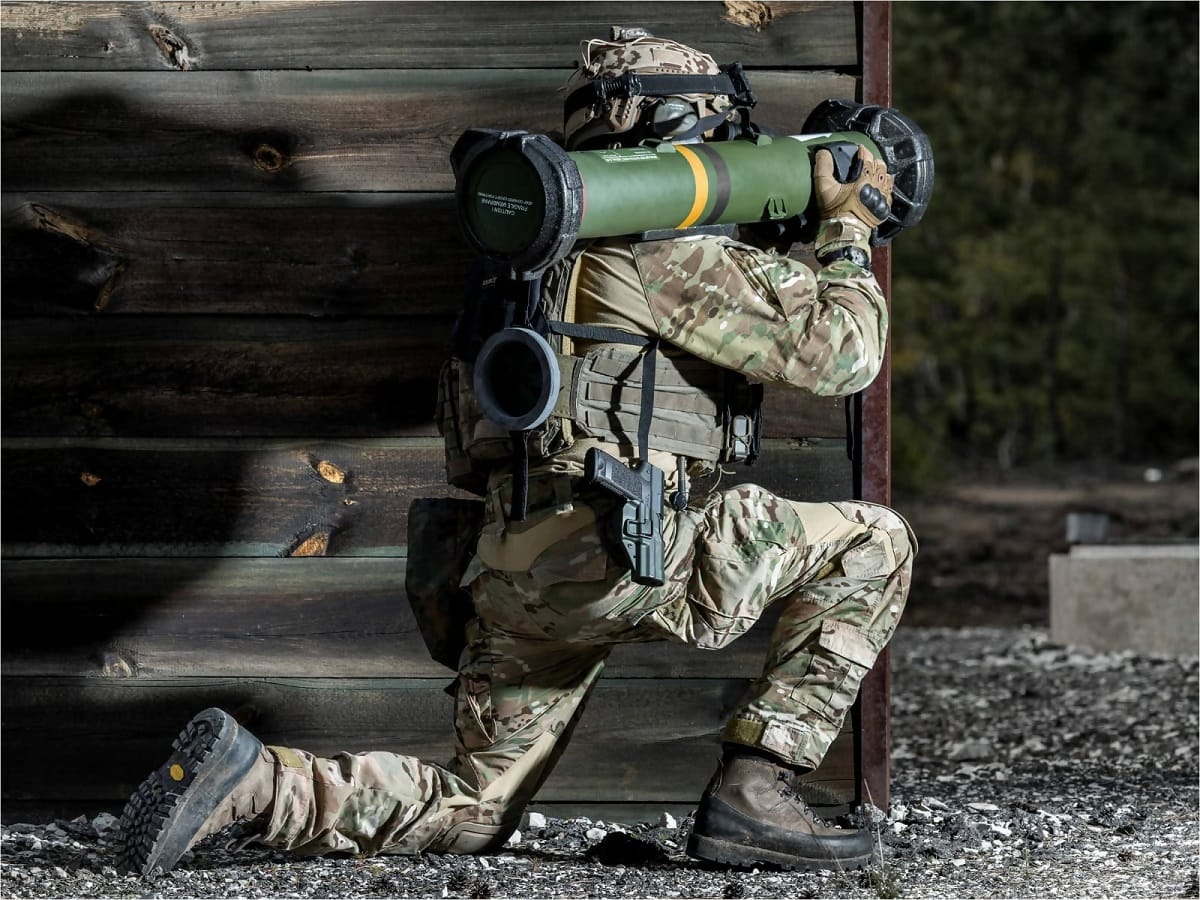Spike – the one missile not killing tanks in Ukraine (for now): Israel’s Tamuz fire-and-forget anti-tank guided missile is highly respected by military and industry officials around the world. As the first fielded surface-to-surface missile to employ television guidance, the Tamuz missile (referred to by the world as “Spike”) represented the most cutting-edge technology in its field. Multiple variants of the specialized missile have evolved since its original conception in the early 1980’s and the Spike family of missiles has become one of Israel’s most successful exports. As the ultimate tank-killer, the Spike missile should be feared by every army.
The Spike missile’s design stemmed from lessons learned from the 1973 Yom Kippur War. The Barak brigade 7th Armored Division was the only regular armored force on the Golan Heights in the 70’s. Responsible for the southern Golan Heights region, the brigade was spread out and very isolated along the border line. When Syrian forces attacked the southern border during the Yom Kippur War, the brigade was severely outnumbered and ill-equipped to contend with enemy fire power. The resulting deaths of 112 Israeli soldiers, including every single one of the brigade’s company commanders, led to the creation of the Spike missile.
At this point, the Israeli Defense Forces (IDF) contracted the Israeli defense manufacturer Rafael Advanced Defense Systems to convert three battalions of its former-M48 tanks to host the Spike missile. The Pere “Savage” vehicle was the result. Designed to prevent massed-armor pushes from artillery distances with precision attacks, the Spike missile features a small fiber-optic cable which links the missile to the launching system, as well as a camera in the weapon itself. The Pere vehicles encompassing the Spike were fitted with dummy barrels to project the appearance of being a typical tank. When enemy vehicles could not detect the Spike-carrying vehicle and retreat, the IDF would be in a position to bombard it.
Due to the missile operator’s vision after the missile is launched, each missile can operate as reconnaissance. The missile-launcher can deliver a precise bombardment while remaining approximately 15-30 kilometers away. The TV guidance system also allows the operator to re-direct the missile mid-flight if necessary, since it can view and steer the missile to a different direction.
The Spike missile’s success in Israel’s battles against Palestinian militants in the Gaza strip and the Iranian-backed Hezbollah fighters in the north in the early 2000’s amplified its popularity worldwide. The United Kingdom, South Korea, Germany and India are among the militaries that utilize the Spike missile today. According to Rafael Advanced Defense Systems, over 30,000 spike missiles have been sold and approximately 5,000 fired since its first export. The U.S. army is even evaluating the anti-tank missile for use on combat vehicles, helicopters and unmanned aircraft. A contract between Lockheed Martin and Rafael Advanced Defense Systems indicates the weapons should be complete by January 2025.

Spike Missile in ROK Military. Image: ROK Military.
The Spike missile family is arguably one of Israel’s most effective indigenous weapons. The pioneering technology of each subsequent variant of the missile elevates the IDF’s mission readiness. This tank-killer would be a great addition to the U.S. army’s arsenal.
Maya Carlin is a Middle East Defense Editor with 19FortyFive. She is also an analyst with the Center for Security Policy and a former Anna Sobol Levy Fellow at IDC Herzliya in Israel. She has by-lines in many publications, including The National Interest, Jerusalem Post, and Times of Israel.

